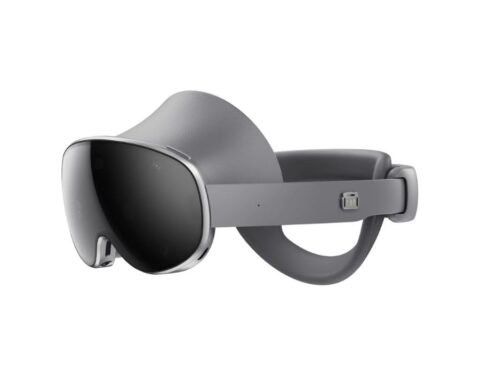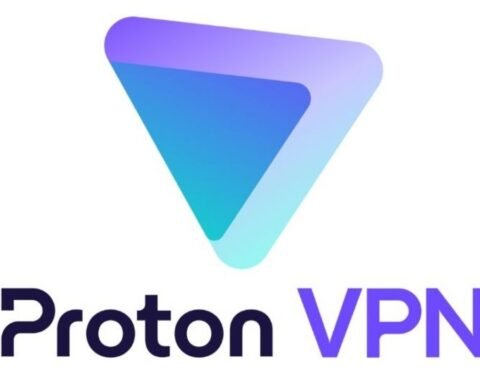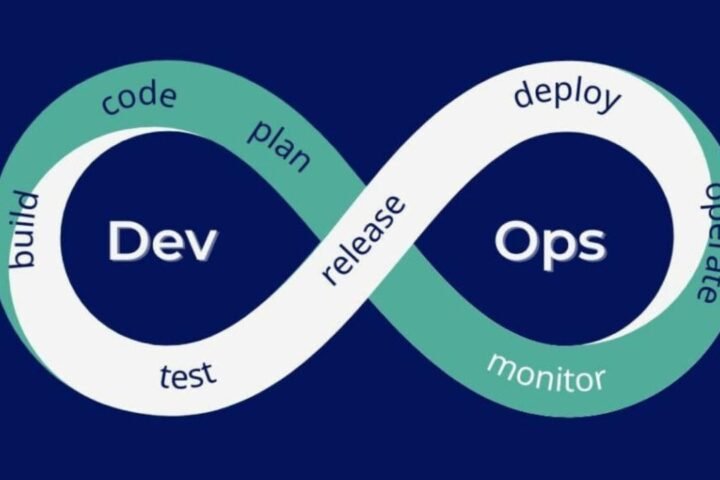Not many IT administrators seem to understand what Remote Desktop Services (RDS) licensing is all about. And one common mistake they will fail to notice is that RDS requires its own Client Access Licenses (CALs) in addition to the Standard Windows Server CALs.
While a user might have a Windows Server CAL for general network access, they still require a separate RDS CAL to legally use Remote Desktop or RemoteApp on a Windows Server. This requirement is mostly overlooked until an audit or a licensing error flags the missing RDS CALs.
RDS CALs are quite easy to miss since Microsoft’s licensing rules are complex, and importantly RDS CALs are not included with the base Windows Server license or its normal user/device CALs.
Prior to setting up an RDS environment, you need to plan and budget for these licenses form the start. Skimping on this can lead to compliance troubles and unplanned costs. That’s the last thing you want to make do with in your organization.
There are two types of CALs licenses that directly impacts your use of RDS to enable remote access: Windows Server CALs and RDS CALs. Let’s have a gander look at each of them.
Window Server CALs
You certainly need a Windows Server CAL for every device or use that directly accesses the Windows server. Licensing depends on the Windows Server edition that you purchase and its corresponding licensing model.
For instance, going for a ‘Server + CAL’ model requires you to pay for Windows Server CALs separately from the server license. Purchasing using a ‘Licensing per Core’ model means that Windows Server CALS are included in the server license.
Among the most common instances when you can use Windows Server CALs include admins that need to manage Dynamic Host Configuration Protocol (DHCP), filesharing, and printing, to mention a few, directly on the Windows server, or when end users need to access the server to run an application installed directly on that server. In both instances, every use will need a Windows Server CAL.
RDS CALs
End users accessing Remote Desktop Services running on Windows Server to deliver applications and virtualized applications will need an RDS CAL. This can either be a Per User CAL or Per Device CAL. It is important to note that RDS CALs license is needed whether users are accessing a single application multiple applications, or a desktop.
With Per User CALs, you need one CALs license for each user accessing RDS, regardless of the number of devices they use to connect. Things tend to be a bit different with Per Device CALs since you’ll need one CALs license for every device that accesses RDS, regardless of the number of users utilizing that device.
As we conclude, most editions of Windows Server require RDS User CALs for accessing to Remote Desktop Services. One notable exception is Windows Server Essential edition, which is designed for small businesses with basic computing needs, allows up to 25 users and 50 devices to access Windows services without CALs.
























